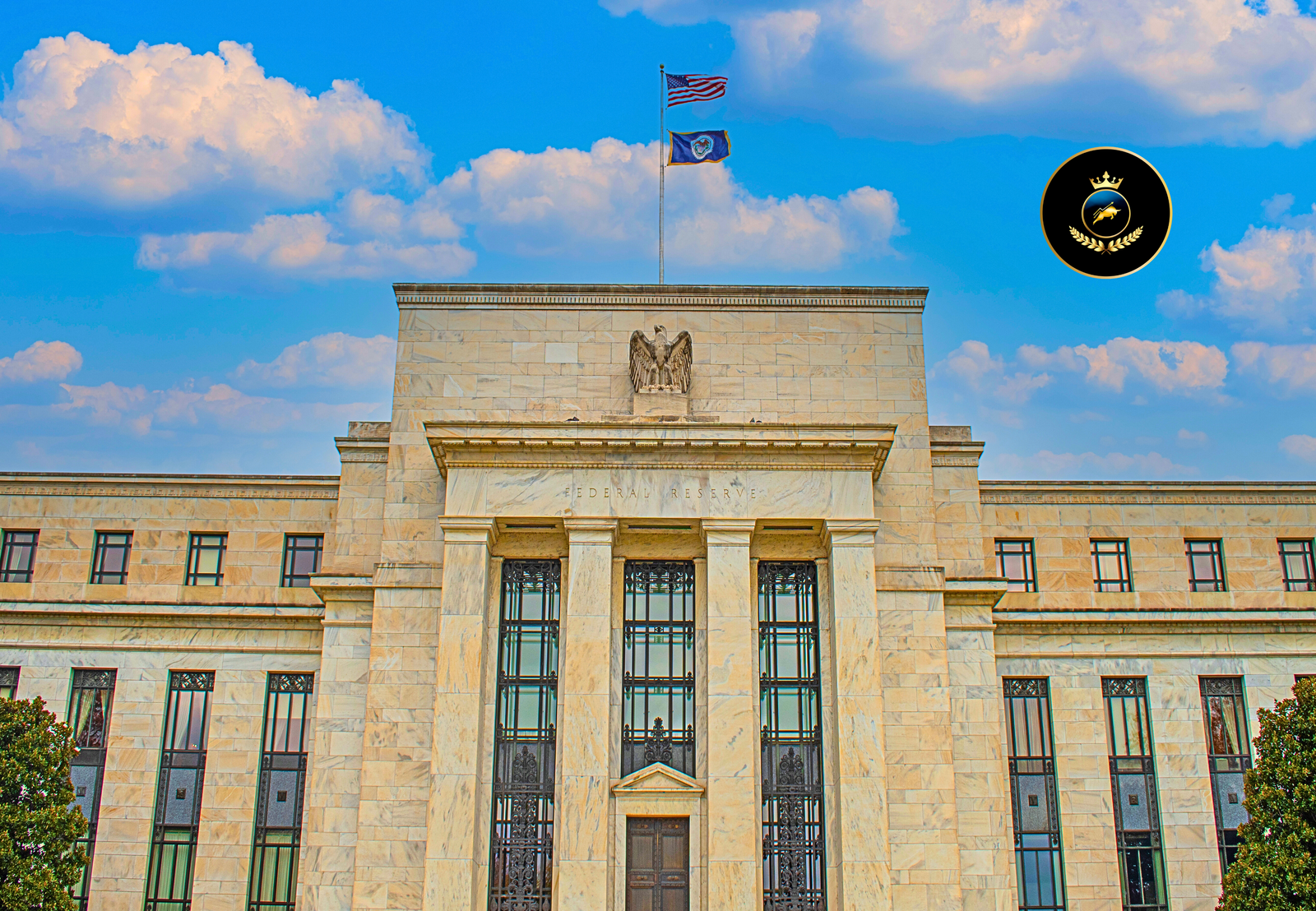As we approach the Federal Reserve’s upcoming meeting on September 17-18, 2024, anticipation builds around what could be a pivotal moment for U.S. monetary policy.
If the Fed decides to cut rates, this could lead to lower borrowing costs for consumers, making loans for homes, cars, and credit card debt cheaper. This might encourage spending and could potentially ease the burden on those looking to finance big purchases or refinance existing debts. Conversely, savers might see lower returns on their savings accounts.
Additionally, a rate cut could influence the stock market, possibly boosting investment accounts like 401(k)s, affecting people’s retirement savings positively. However, if the rate cut signals to the market that the Fed is worried about economic growth, it could introduce uncertainty, potentially affecting consumer confidence and spending habits.

For those on fixed incomes or with investments in bonds, changes in interest rates could alter their income. Lastly, a change in rates might also impact the housing market, potentially making mortgages more affordable, influencing both buyers and sellers in the real estate market.
Furthermore, If the Fed decides to cut rates, as many expect, this could lead to a depreciation of the U.S. dollar, potentially making U.S. exports more competitive abroad. Conversely, this might also lead to capital outflows from emerging markets as investors seek higher yields in a lower rate environment, affecting currency values and economic stability in those regions.
Additionally, lower interest rates in the U.S. could encourage borrowing and investment, possibly stimulating global economic activity. However, this also risks inflating asset bubbles in other economies if the cheap money flows into higher-yielding foreign investments.
Globally, central banks might feel pressured to adjust their rates in response, either to stem capital flight or to keep their exports competitive, influencing global liquidity and economic cycles. Furthermore, a rate cut could signal to markets worldwide that one of the world’s leading economies is shifting towards a more accommodative policy, potentially leading to a reassessment of global growth prospects and affecting international stock markets and investor confidence.
Here’s what analysts, market participants, and the latest economic indicators suggest might unfold:
- Rate Cut Expectations: The consensus among economists and market watchers, as reflected in recent posts on X and various financial analyses, leans towards the Fed initiating a rate cut. The debate largely centers not on if, but on how much. A 25 basis point cut is widely anticipated, with some speculation on a more aggressive 50 basis point reduction, although the latter seems less likely given recent Fed communications emphasizing a cautious approach.
- Economic Indicators: Inflation has been cooling, getting closer to the Fed’s target, which supports the case for rate cuts. However, the unemployment rate has slightly increased, nudging up to 4.3%, adding pressure on the Fed to stimulate economic activity. The recent GDP growth figures and consumer spending data also play into the Fed’s considerations, suggesting a resilient but moderating economy.
- Market Impact: A 25 basis point cut could be interpreted by markets as the Fed showing confidence in the economy’s strength, potentially leading to a bullish response in stock markets. Conversely, a larger cut might signal concerns over economic stability, potentially leading to mixed reactions.
- Fed’s Communication: Chair Jerome Powell’s recent statements have hinted at the beginning of a rate-cutting cycle, suggesting that the Fed sees enough progress on inflation to start easing its policy. The language used in the Fed’s statement post-meeting will be crucial. Any change from “modest” progress on inflation to a more positive note could signal further cuts.
- Long-term Expectations: Economists predict this could be the start of a series of cuts, with projections suggesting rate reductions each quarter through 2025. This approach aims to navigate the economy towards a soft landing, avoiding recession while keeping inflation in check.
- Global Context: The meeting occurs amidst global economic shifts, including actions by other central banks like the Bank of Japan, which recently adjusted its policy. These international moves could influence or be influenced by the Fed’s decisions.
The Federal Reserve stands at a crossroads where the decision to cut rates could mark the beginning of a new phase in monetary policy, aimed at sustaining economic growth while keeping inflation at bay.
Investors, businesses, and consumers alike should brace for potential market volatility, with all eyes on the Fed’s signals regarding the pace and extent of future rate adjustments. The outcome of this meeting will not only influence immediate market reactions but also set the tone for economic expectations through 2025 and beyond.
Disclaimer: The information provided in this document is for general informational and educational purposes only. It should not be construed as professional or investment advice. While the content in this document is provided in good faith, we do not make any representations or warranties of any kind, express or implied, about the completeness, accuracy, reliability, suitability, or availability with respect to the information, products, services, or related graphics contained in the document for any purpose. Any reliance you place on such information is therefore strictly at your own risk. In no event will we be liable for any loss or damage including without limitation, indirect or consequential loss or damage, or any loss or damage whatsoever arising from loss of data or profits arising out of, or in connection with, the use of this document. Consultation with a qualified professional should be sought when making financial decisions. Technologies and market dynamics are subject to frequent changes; therefore, the specific examples and data mentioned in the document may vary over time.















